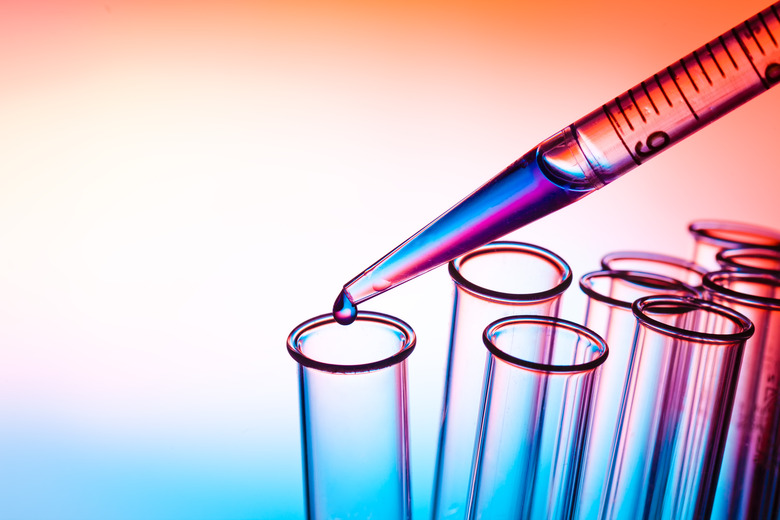How Does Sonication Work?
Sonication uses sound waves to agitate particles in a solution. It converts an electrical signal into a physical vibration to break substances apart. These disruptions can mix solutions, accelerate the dissolution of a solid into a liquid, such as sugar into water, and remove dissolved gas from liquids. In DNA testing, sonication breaks apart molecules and ruptures cells, releasing proteins for testing.
Sound Waves
Sound Waves
Sound is a wave of alternating high and low pressure. The frequency of a sound wave is how often the particles of a substance vibrate when the sound wave passes through it. Sonication typically uses ultrasound waves with frequencies of 20 kHz (20,000 cycles per second) or higher. These frequencies are above what you can hear, but ear protection is still recommended during sonication because the process creates a loud screeching noise. The greater the frequency, the stronger the agitation of particles.
Sonicator Parts
Sonicator Parts
A sonicator is a powerful piece of lab equipment with an ultrasonic electric generator that creates a signal to power a transducer. The transducer converts the electric signal using piezoelectric crystals – crystals that respond directly to electricity by creating a mechanical vibration. The sonicator preserves and amplifies the vibration until it passes to the probe. The probe moves in time with the vibration to transmit it to the solution and moves up and down quickly. The sonicator operator can control amplitude based on the properties of the solution. A small probe tip produces a more intense reaction than a large probe tip, but a large tip reaches more of the solution.
Not all sonicators have probes. Some sonicators produce sound waves in samples in an ultrasonic water bath.
Sonication Process
Sonication Process
During sonication, cycles of pressure form thousands of microscopic vacuum bubbles in the solution. The bubbles collapse into the solution in a process known as cavitation. This causes powerful waves of vibration that release an enormous energy force in the cavitation field, which disrupts molecular interactions such as interactions between molecules of water, separates clumps of particles, and facilitates mixing. For example, in dissolved gas vibrations, the gas bubbles come together and more easily leave the solution.
The energy from sound waves creates friction in the solution, which creates heat. To stop a sample from heating up and degrading, keep it on ice before, during and after sonication.
If cells and proteins are too fragile to withstand sonication, a gentler alternative is enzyme digestion or grinding with sand.
Cite This Article
MLA
Gillespie, Claire. "How Does Sonication Work?" sciencing.com, https://www.sciencing.com/sonication-work-5171302/. 13 April 2018.
APA
Gillespie, Claire. (2018, April 13). How Does Sonication Work?. sciencing.com. Retrieved from https://www.sciencing.com/sonication-work-5171302/
Chicago
Gillespie, Claire. How Does Sonication Work? last modified March 24, 2022. https://www.sciencing.com/sonication-work-5171302/
